It’s the little things that count for Margaret Lew, swept up in the world of miniature craftmanship
If you think dollhouses are just for children, you haven’t met the artisans and collectors, like Margaret Lew, who play in the Lilliputian world of miniature furnishings and accoutrements.
Lew’s passion for miniatures surfaced in childhood – she “always liked the little things for my dollhouse” – and reignited in 2003, when at 60, she discovered an online Italian discussion group focused on miniatures. “I’d been taking Italian lessons and was searching for some interesting things about Italy when I found this group,” she said.

Speaking Italian, Lew, good-humored and chipper, got to know the members, at first swapping tips, and later, having become friends, exchanging self-made miniature birthday gifts. One of her first gifts, for a member of the group, was a tiny bamboo rake made with materials from around the house.
One of those women had organized the first Italian miniature show, Miniaturitalia, held in a hotel in Milan in 2005, Lew said, “and my husband, Robin, and I went to the second show in 2006.” For shows 2006 through 2020, she was recruited as a publicist and catalog translator.
Lew loves designing and creating miniatures because “they combine all my favorite crafts – needlework, sewing, quilting, painting, clay, woodworking, paper and graphic art, and more.” She has three dollhouses and about a dozen stand-alone dollhouse rooms in her circa 1915 Inner Richmond cottage. She works on a table in the back of the kitchen, her all-purpose garden/office/hobby space.
House of crafts
Her parents’ creativity encouraged her own, she said. “My mother made hooked rugs for our home, cutting strips from good wool clothing she found at second-hand stores, dyeing them blue and green, designing her own beautiful mosaic patterns. My father built and restored furniture for our house and patio,” she said.
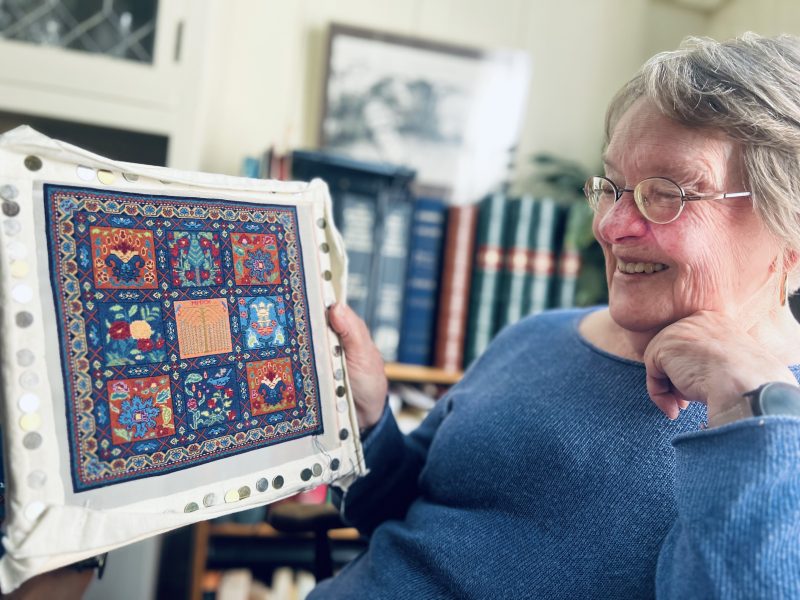
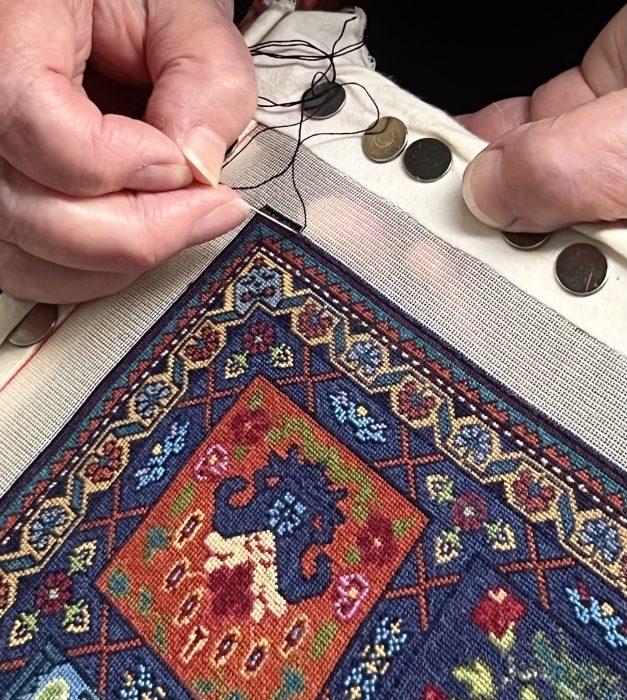
When asked why people collect miniatures, Lew laughed and said that’s a good question. “When you have a little house, you control everything, and it makes people happy decorating lavish settings to create their fantasy home.”
But there are other uses for miniatures, she noted. Members of clubs in the U.S. often create and donate miniatures to children’s wards in hospitals and pediatricians’ offices. Miniature sets are also used by movie studios, architects, interior designers, and creators of electric train sets.
One of the most interesting use of miniatures was initiated by Frances Glessner Lee, a wealthy Chicago woman, who helped establish the Department of Legal Medicine at Harvard University.
Lee, an artist and criminologist called “the mother of forensic science,” created miniature dioramas of real-life crime scenes in the U.S. in the 1940s and 1950s. These “Nutshell Studies of Unexplained Death” are still used to teach homicide detectives how to properly canvass a crime scene in the Maryland Office of the Chief Medical Examiner. The surviving 19 dioramas, considered art forms, were displayed for a year in the Renwick Gallery of the Smithsonian American Art Museum in Washington, D.C.
The social connection
The most important and exciting thing about miniatures for Lew has been making social connections with others who share a similar passion, especially through Miniaturitalia, “becoming friends with people not only in Italy but all over Europe.” Closer to home, she’s expanded her social connections and fed her political interests as a member since 2007 of the Older Women’s League. She’s now a board member and editor of the OWL newsletter.
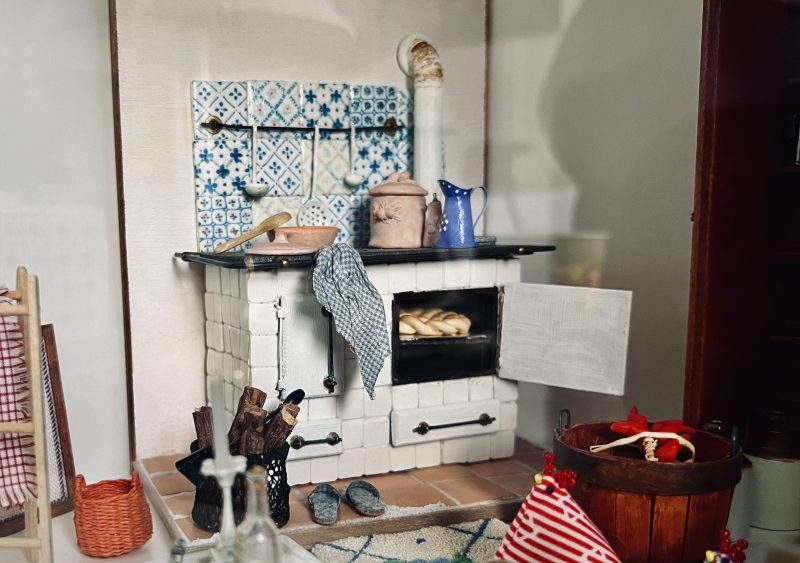
In addition to Minituritalia, Lew has been attending the Chicago International Miniature Show, the world’s largest, since 2010. It runs for a week. At this year’s show, there were more than 50 workshops. “I spent seven hours in one with eight women including a teen and her grandmother,” Lew said. “We shared tweezers, brushes, glue, scissors, and occasional sympathy, constructing and upholstering tiny armchairs.”
Three of Lew’s Italian friends have also been attending and holding workshops. Lew has acted as translator as needed, and at next year’s show, she’ll be a sales assistant at one’s vendor table. She’ll also display some of her own miniature embroideries. “I do sell some of my miniatures, but my income is negligible, so my artistry is still a hobby,” she said.
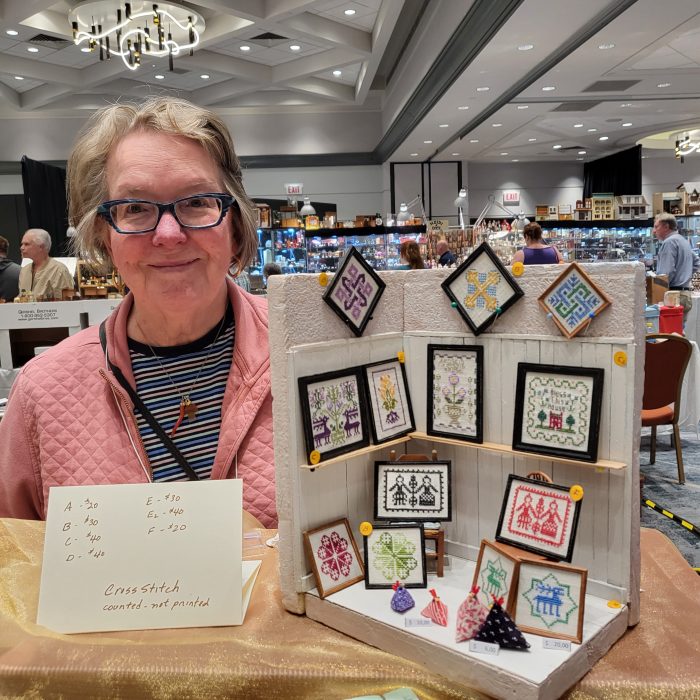
Besides crafting miniatures, Lew loves to travel and has been vacationing in Europe regularly with her husband, a chemist turned photographer, since they married in 1974. “During our first trip to Italy in 2001, we decided to study Italian to be able to immerse ourselves in the culture,” she said. They returned 15 times until Covid interrupted travel. Lew is looking forward to attending the next Miniaturitalia in February 2025 in Milan with Robin, “who likes to roam the show and visit and photograph friends’ displays.”
Work to live
Lew was glad she always had her crafts, music and travel to keep her inspired because “I was not really career-oriented. I worked to live, not the other way around.”
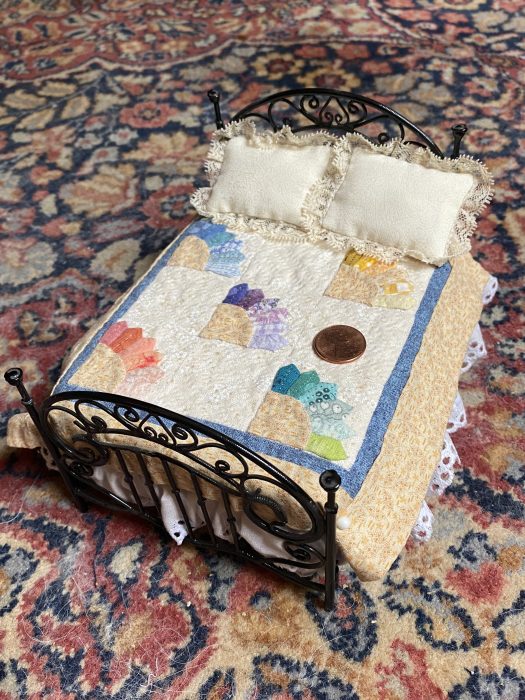
She worked briefly in the library system, 14 years in the financial services sector, and then as an independent contractor doing computer work. Between work and school, she held a lot of temp jobs, “which I really liked for the variety and challenges, and the lack of ‘office politics’ and worries over advancement,” she said.
Her family moved to Livermore from San Diego when she was 12 in service of her father’s electronic engineering career. She lived there, and then in Saratoga through high school. Her mother, a homemaker, had been a legal secretary before marrying and encouraged her and her two younger sisters to be self-sufficient and get a higher education.

After graduating from the University of California, Berkeley, with a degree in political science, she worked as a claims authorizer with the Social Security Administration. But she later got a master’s degree in library science from the school because “I loved books, libraries, and research.”
For two years, she ran the bookmobile at the Richmond Public Library but seeking better pay, she eventually joined municipal financing consultants Stone and Youngberg. She worked her way up over 14 years from secretary to assistant vice president. “I thought I’d be there a while until I found another library job, but I liked what they did, and my co-workers and the benefits were good,” she said.
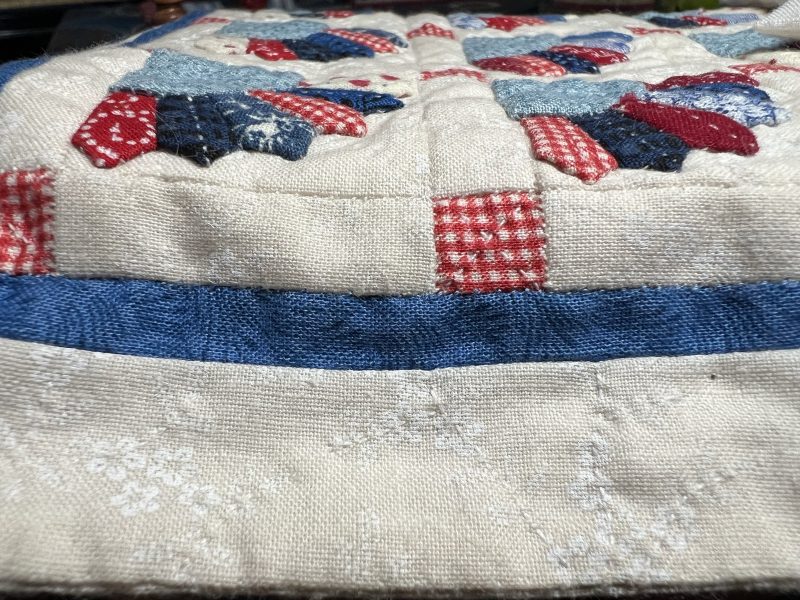
It was there she met her husband, who was a friend of a woman in her office. “We had a love of music, art, and travel in common,” she said. “At one point, he even sewed some of his own clothes.” They celebrated their 50th wedding anniversary in January. They never had children, but always a cat underfoot, the present one a long-haired calico named Stella.
When Stone & Youngberg was bought out in 1986 and Lew’s position was eliminated, she followed the advice of a friend and became an independent computer consultant. “She and I were self-taught computer experts,” Lew said.
Until she retired in 2017, Lew tutored individuals in various types of software, installed software and hardware, and created web pages for clients. They included an import/export firm, various nonprofits, financial managers, and the UC-Berkeley Extension program. “I loved the problem-solving involved in this work,” Lew said.
Tips and tools
Miniature crafting also requires some problem-solving. Lew’s first step is to take measurements of the full-size item she wants to replicate. She then converts one foot to one inch and looks for materials to make the item. “I made a miniature washboard using popsicle sticks cut to size with a bit of corrugated aluminum and with paint, I created the patina of use and age.”
It also requires some special tools, like a miter saw for cutting miniature lumber, but mostly a good deal of patience, Lew said, adding that all workshops and magazines and books full of patterns and instructions really help. She used a reproduction of the 1838 book “The Workwomen’s Guide, by a Lady” which provides a menu of items for a well-run house, to design a pre-electricity laundry room.
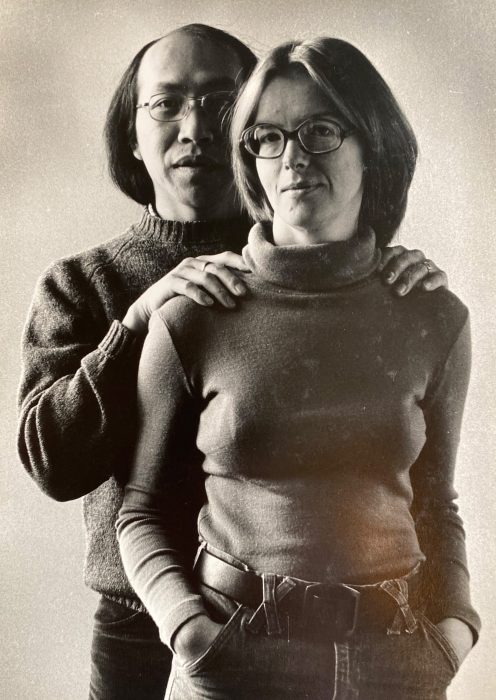
The room contains a lady’s petticoat and bloomers; a man’s vest and drawers, and towels. It has a clay tile floor, a clothes boiler made of clay and brick with a copper basin over a firebox. There’s also a hanging clothes drying rack, an ironing board, a clay laundry sink with drainboard and washboard, a cupboard for irons, and several paper boxes of period soap.
She made many of the items following instructions in “Making Doll’s House Interiors,” a favorite book by Carol and Nigel Lodder.
When she ran out of room in her house for regular-sized quilts, she began making them in miniature in some of the same traditional patterns. “My first attempt at quilting was the “Shoofly,” she said, “a symbol that identified a person who could help slaves to navigate the Underground Railroad.”
Holiday highlight
It didn’t work well because, she said, she hadn’t yet learned “the techniques and tricks of miniature sewing. Later I picked it apart and remade it successfully.” She also now specializes in soft furnishings and accessories such as cushions, bed linens, and rugs – braided, petit point, and knotted – as well as vintage women’s dresses. A recent favorite is a soft Italian women’s handbag she made of leather-effect Fimo clay.
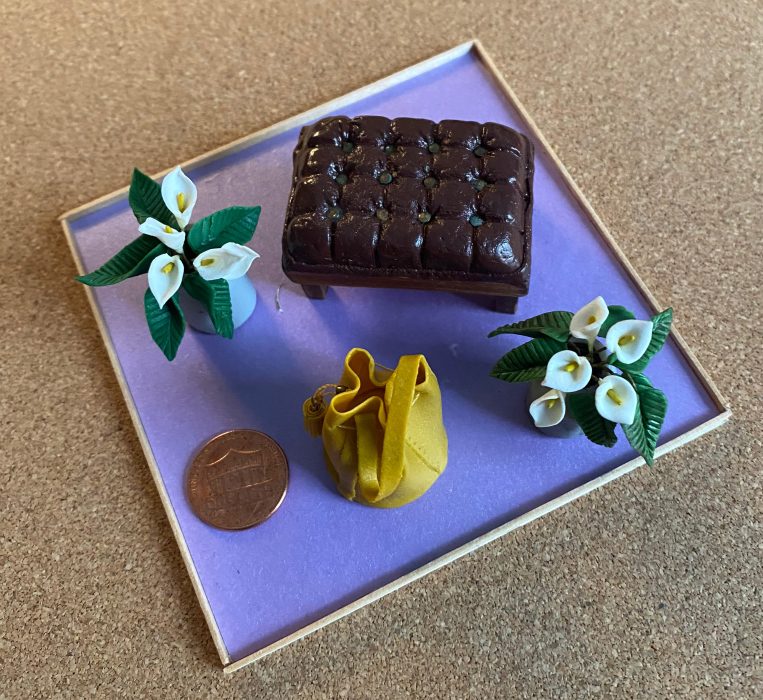
The holidays are another chance for Lew to make use of her talents. She fills the shelves of a foot-tall, pine-tree-shaped cardboard box – a sort of winter dollhouse – with miniature paper nativity scenes, tiny pine trees, and ornaments. With the tree as the centerpiece, she creates a festive diorama.
“I park the red model Karman Ghia (like the one Robin had) next to the mailbox, tie a Christmas tree to the top of it, and set down a few shopping bags full of gifts alongside,” she said, “and place all of it next to our fireplace.”






Tina N Martin
Many thanks to Jan Robbins for writing this fascinating profile on amazing Margaret Lew! I knew her already as the editor of the OWL Newsletter and from brief email exchanges and book discussions, but this really fills out some of what I didn't know and find extraordinary!